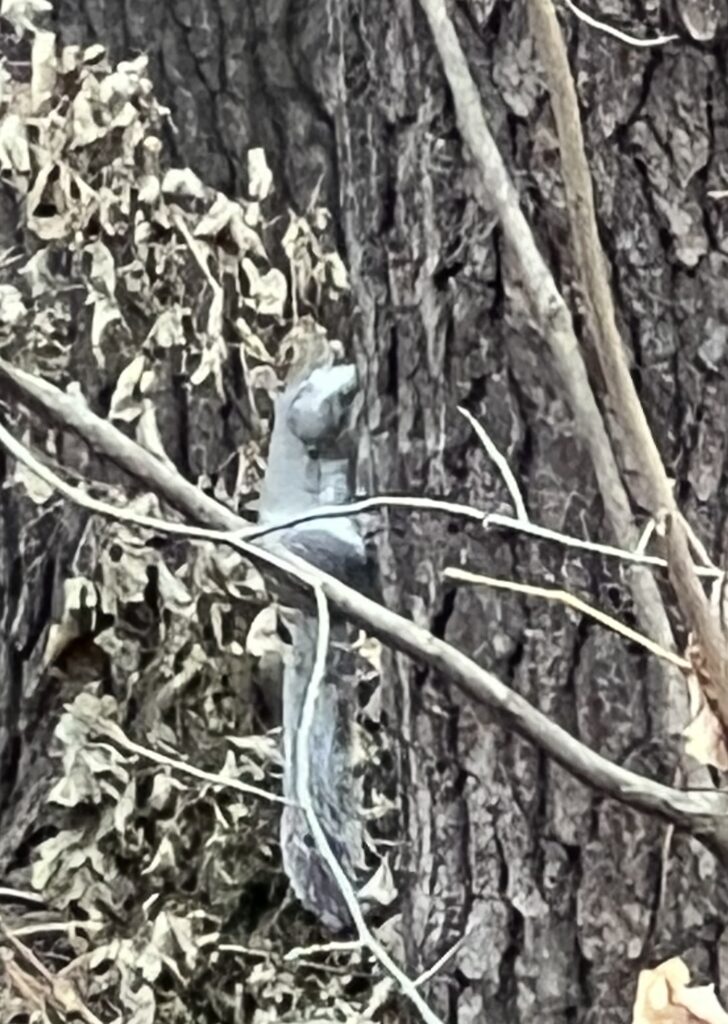Burlington is a unique city in the sense that a surprising amount of wildlife lives within the city limits. I first traveled to the waterfront in the South End area and was excited to see a good amount of avian critters out and about. I went on a sunny day where temps were in the 40s, so wildlife was abundant, likely because they were excited to take a break from winter dormancy. However, most birds were flocking to small chunks of ice in Lake Champlain and were a good distance away from the shore, so photographing these birds wasn’t exactly easy. Regardless, I managed to capture one mallard that was swimming relatively close to shore.

On a separate day I poked around the woods behind Trinity campus. This area is a very steep, ravine-like hill where a narrow river flows at the bottom. The weather was overcast and in the 40s and the ground was very soft from immense snowmelt. I was hoping to find some animal tracks in the mud, but had difficulty finding anything significant. Instead I found some bugs and maggots living under the bark of a rotting downed tree. I did some research online to see if I could identify these insects, but results were inconclusive. iNaturalist recommended some species after I uploaded a photo, leading me to decide that the critter was a Fire-colored Beetle still in its maggot stage. There are many maggots that look similar to the one I spotted, but I settled on the Fire-colored beetle because of the dark red pincers and distinguishing pale orange, almost transparent body.

Even though the patch of woods behind Trinity wasn’t thriving with activity on the day I explored, I still managed to photograph a squirrel running up a towering Eastern White Pine. The process of uploading to iNaturalist was easy and intuitive. I especially appreciated the suggestions of species pictured during the uploading process.

